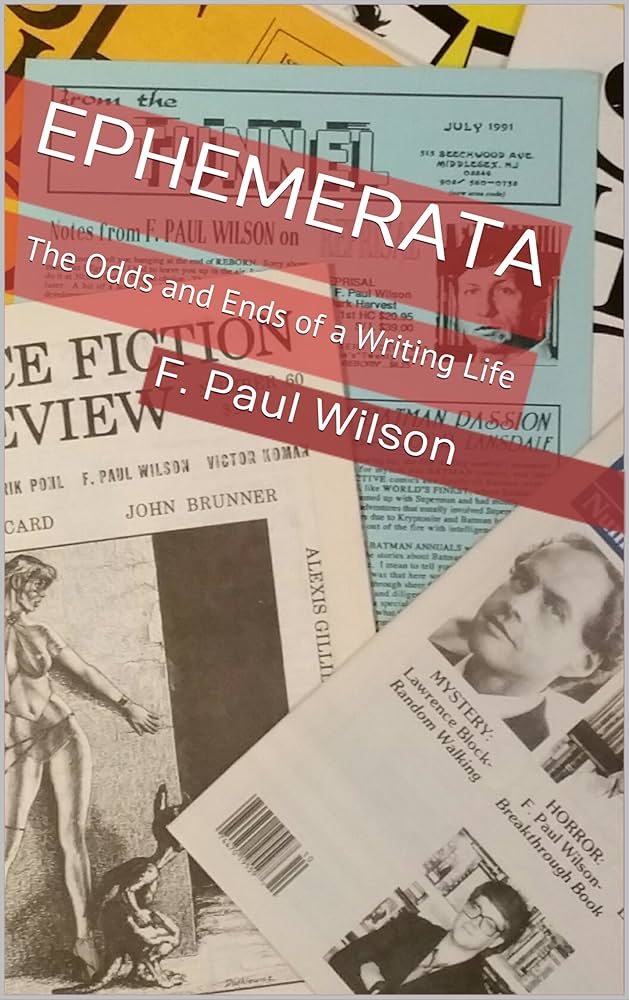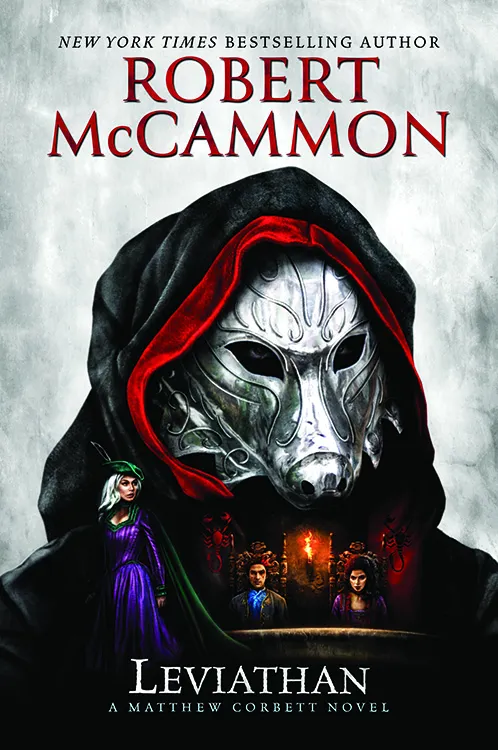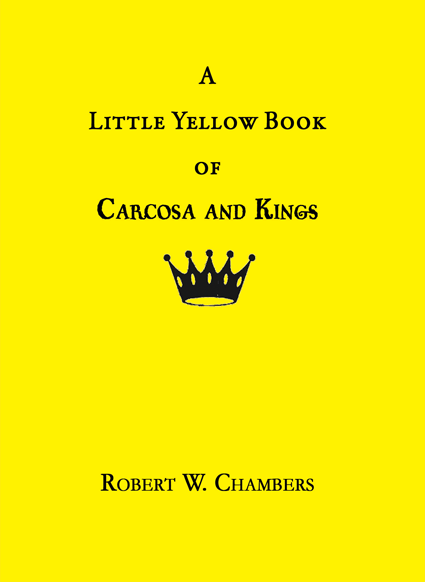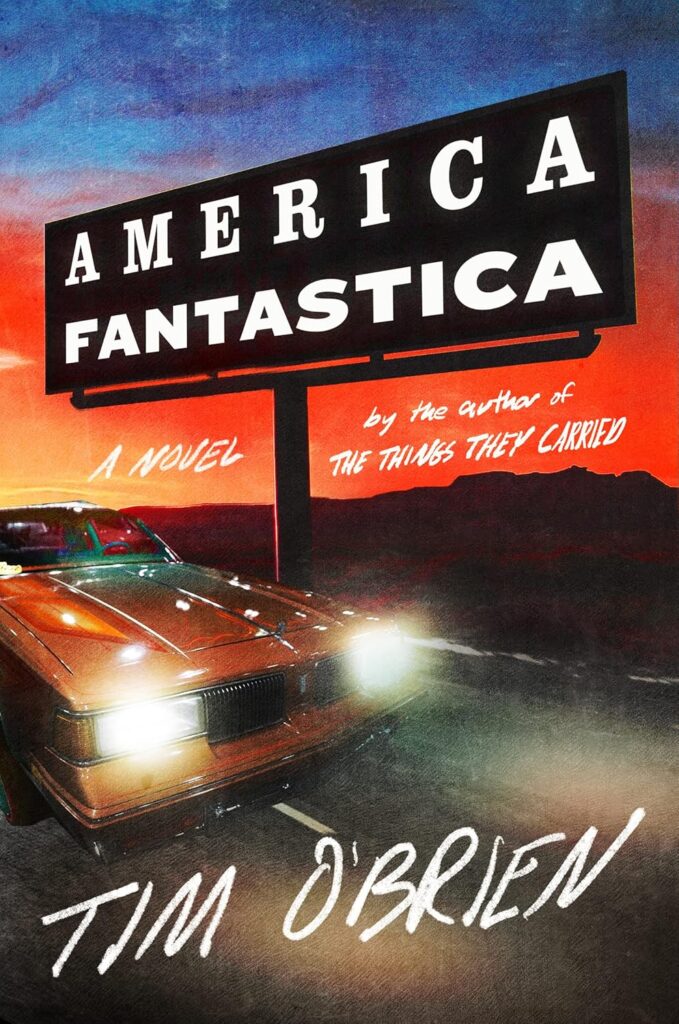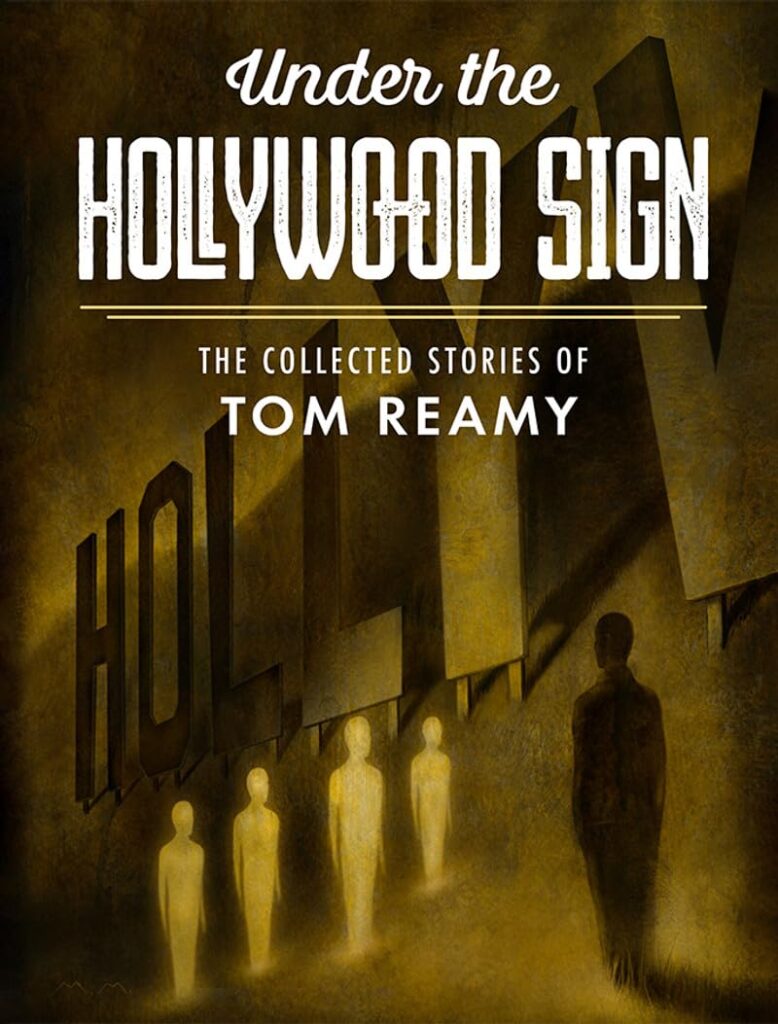The Upwelling, Book I of The Hidden (2024). Written a few years before Wilson’s recent stroke, this is the first in a two book series, but just published this year. Given that he vowed to not write any Repairman Jack books after Nightworld (although he filled in a few earlier gaps with a pair of trilogies), this series might be seen as Wilson’s attempt to break away from Repairman Jack, yet still remain within his Secret History world. (Double Dose and Double Threat also fall into that category). It’s likely also Wilson’s last work of fiction. (That’s a sad sentence to write….)
Initially published as a trade paperback under the imprint of Crossroad Press Publishing (whatever that means), it now looks like Gauntlet Press will publish the book in a limited hardcover edition. Per their website, only the 26 lettered editions will bear Wilson’s signature, which is to be expected given his recent stroke.

I don’t think I was aware of either of these books until recently this year, when I saw some online review. In this novel, our protagonist, Chan Liao awakens to find a missing chunk of his memory. Along with three friends he spends a weekend at Atlantic City. In the span of a few hours the entire Atlantic City area was essentially vaporized, and he has no recollection of the events. Over 25,000 people died, and he has no idea where he was or what happened. One of those three friends, Danielle “Danni” Boudreau, an FBI agent, is in the same situation—no memory of what happened. This is an intriguing premise. Wilson quickly moves the location to the familiar New Jersey Pine Barrens. In the course of events he introduces a group of people with strangely enhanced abilities: two dead people refuse to burn, others claim to be thousands of years old. Chan and Boudreau trace events and actors to a mountain in upstate New York. Hints of the Ally and the Otherness, well-known players from the Repairman Jack series, make themselves known, along with a new entity, name the Squatter. Events come to a head, which lead into the sequel.
Lexie, Book II of The Hidden (2024). Picking up right after the events of The Hidden, Lexie brings various humans related to the Ally and the Otherness to the fore. These are well-known to Repairman Jack readers: the Septimus Order, and (perhaps less so) the Yeniçeri. Lexie also introduces “the Troika” three individuals who are aware of the Secret History: the two main players behind the scenes, and certain people linked to another of Wilson’s novels, Signalz (but, strangely, not Jack himself).

The namesake of the second book is an enhanced (super-intelligent?) seven year old, the offspring of a Squatter-enhanced and a normal human. This person, Lexie, can walk between parallel worlds, as well as possessing other powers. She’s highly intelligent, and conversely has zero emotions and empathy (think Sheldon from The Big Bang Theory). Along with Chao and Danni, she is needed to try to save the world, at least this one, given the multi-verse aspect of these novels. Although Jack is alluded to at one point as “the Defender” (or is that Glaeken?), we’re never sure if this is the same world as Repairman Jack, given the multi-verse aspect of the books.
I admit that I read the books quickly, as happens to be the case when I read FPW books. I have a few quibbles here and there with choices and actions, but overall I enjoyed the two books. There are many unanswered questions at the end. Perhqps, if FPW wasn’t burdened by his stroke, he might have rewritten certain scenes, or worked in a third book. The ending just seems unsatisfactory. Chan harbors a great love for Boudreau, and while she considers him a friend, she’s stated multiple times her lesbian leanings. This situation just never seemed like it reached a resolution, though Liao had other options given to him. Wilson also cheats multiple times by writing Liao as a “Bruce Lee” look-alike, which gives him zero character as an individual. Perhaps I’m just annoyed that the events appear to be part of his Secret History and yet avoid all mention of Repairman Jack. I guess that’s just my feelings at play.



